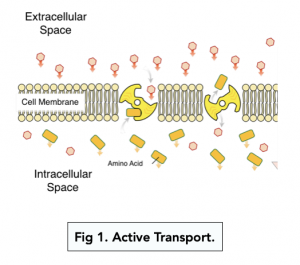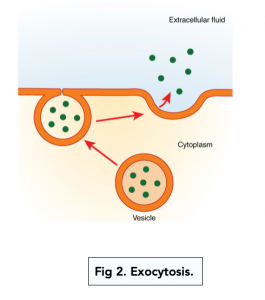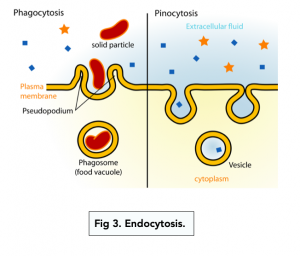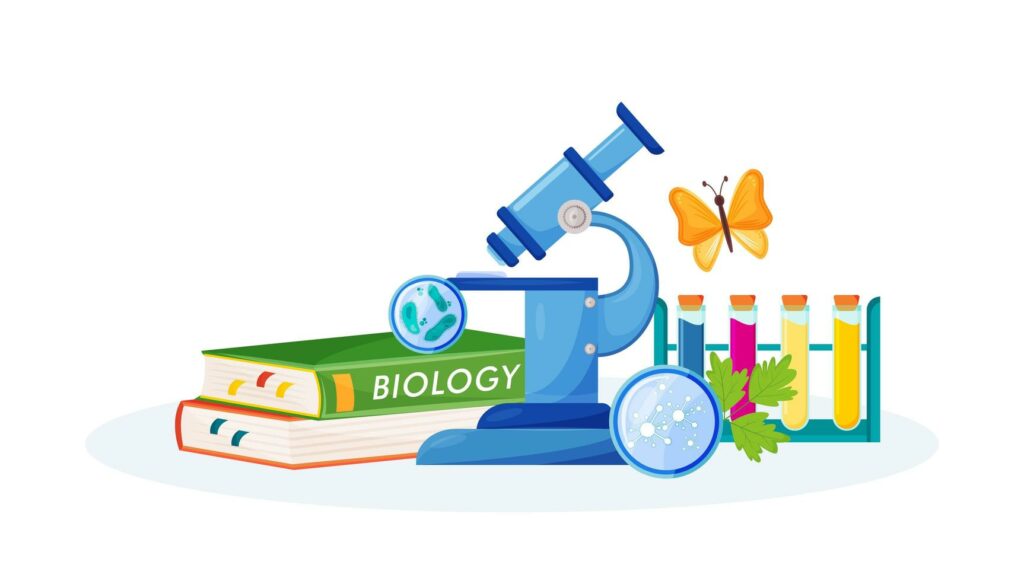Transport Across Membranes: Active Transport (A-level Biology)
Transport Across Membranes: Active Transport
Active transport
Active transport is the movement of molecules against a concentration gradient, from a region of low concentration to a region of high concentration. It is an active process using ATP.
- Normally molecules diffuse down a gradient. In most cases of transport, molecules spontaneously move along their concentration gradient. That is, they naturally move from regions of higher concentration to regions of lower concentration. However, in many cases, cells have to transport molecules from regions of lower concentration to regions of higher concentration, which is called moving against the concentration gradient – active transport.
- Active transport allows cells to build up stores of substances. The purpose of active transport is primarily to allow cells to build up storages of substances that would otherwise easily diffuse out of the cell. Also, this mechanism can be used to get rid of waste products.
- Active transport requires the hydrolysis of ATP. We call it active transport simply because moving particles against a concentration gradient requires energy. Therefore active transport relies on the hydrolysis of ATP (producing ADP and Pi).

Carrier Proteins
- Active transport is carried out by carrier proteins. Like facilitated diffusion, active transport is mediated by proteins known as carrier proteins, or protein pumps.
- The carrier proteins are specific. Every carrier protein is unique to each type of molecule that needs to be transported across a membrane. The sodium/potassium pump is one of the most common carrier proteins.
Endocytosis and Exocytosis
Cytosis
- Diffusion is mainly for small molecules. Diffusion (either simple, facilitated, or active) is primarily used for small molecules. Larger molecules have difficulty traversing a membrane.
- Cytosis is for large molecules. Large molecules typically enter or exit a cell via a process known as cytosis. This also requires ATP.
- Vesicles carry large molecules in cytosis. In cytosis, a vesicle (sac) forms around large molecules. These vesicles themselves are membrane bound and their membranes are made up of phospholipids. These vesicles then allow for the molecules to travel across the membrane.
Exocytosis and Endocytosis
- Exocytosis involves secretion from the cell. In exocytosis, a vesicle containing molecules of substances fuses with the inside of the cell membrane and the molecules are secreted from the cell.
- Endocytosis involves entry into the cell. In endocytosis, the cell membrane binds to a large molecule resulting in the formation of a vesicle. The vesicle containing the large molecules then enters into the cell.
- Two key types of endocytosis. There are two major types of endocytosis:
-
- Phagocytosis is endocytosis which allows for the uptake of solids.
-
- Pinocytosis is endocytosis which allows for the uptake of fluids.

- Pinocytosis is endocytosis which allows for the uptake of fluids.

Active transport is the movement of molecules across a biological membrane from an area of lower concentration to an area of higher concentration, against the concentration gradient, with the assistance of energy.
Active transport requires energy in the form of ATP, which is used by transport proteins to move substances against the concentration gradient. This process is essential for maintaining the balance of ions and nutrients within cells and tissues.
There are two main types of active transport: primary active transport and secondary active transport. Primary active transport involves the direct use of energy to move substances across the membrane. Secondary active transport uses the energy generated by the movement of one substance to transport another substance across the membrane.
Some examples of active transport in cells include the sodium-potassium pump, which maintains the balance of ions in cells, and the transport of glucose into cells for use as energy.
Transport proteins play a crucial role in active transport by providing a path for substances to cross the biological membrane and by using energy to move substances against the concentration gradient. These proteins are specific to the type of substance being transported and are essential for maintaining the balance of ions and nutrients within cells.
If active transport is disrupted in cells, it can lead to an imbalance of ions and nutrients, which can have negative effects on cellular processes and overall health. Disruptions in active transport can also lead to the development of diseases and disorders, such as diabetes and cardiovascular disease.






Still got a question? Leave a comment
Leave a comment